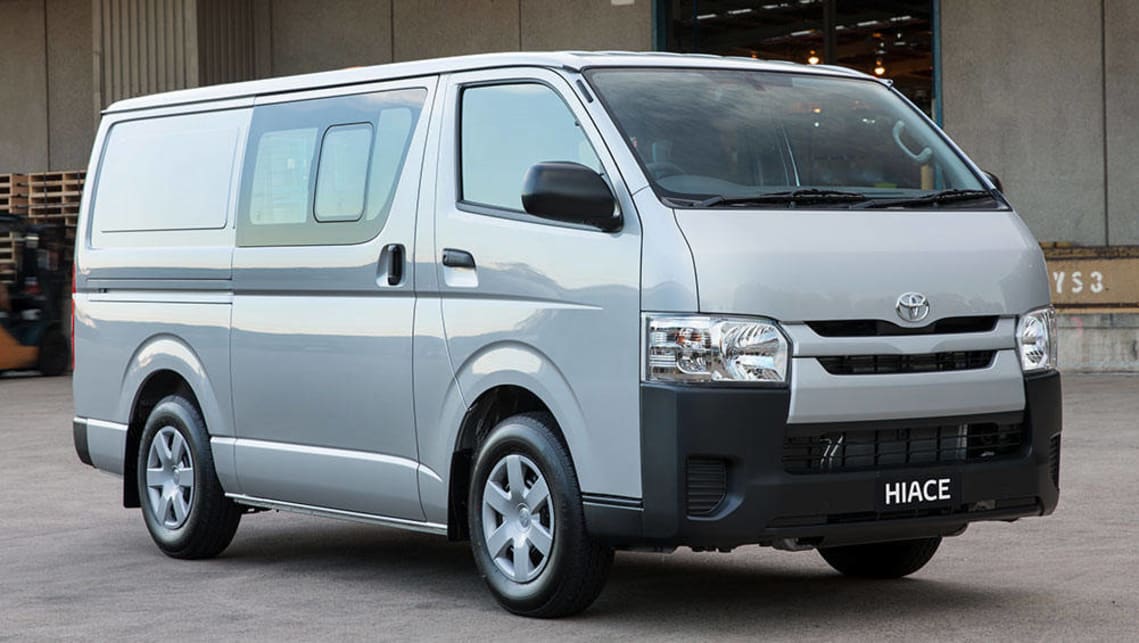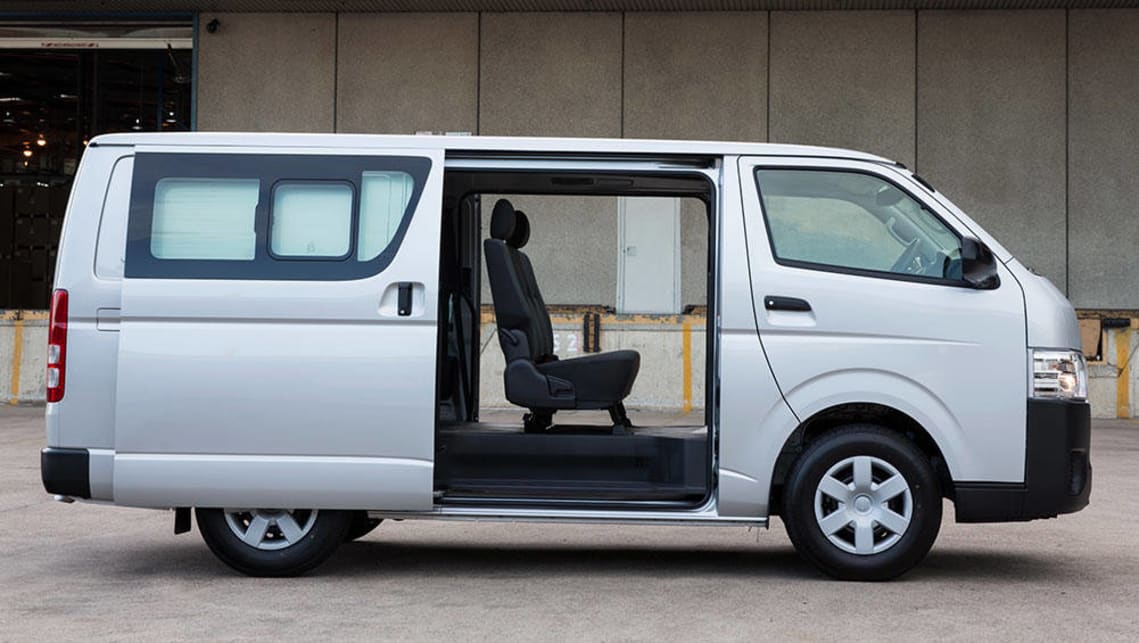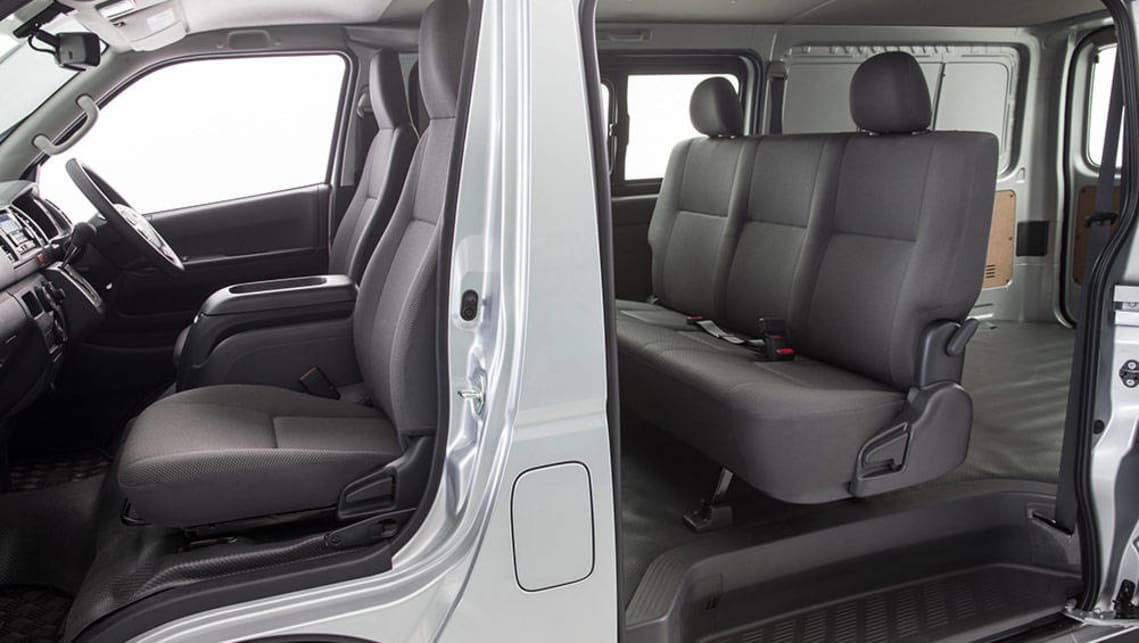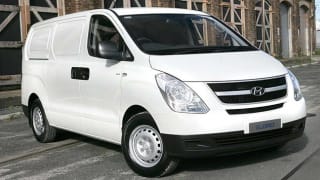After five generations and five decades in production, the slab-sided HiAce stoically adheres to its original cab-over-engine design with driver and front passenger seated directly over the front wheels. Although this provides good forward vision in tight spaces and an excellent turning circle, the penalty is a more upright and uncomfortable driving position compared to engine-forward rivals with more car-like cabins (which are also easier to get in and out of).
The compact 2570mm wheelbase is relatively short for a LWB model. The rear-wheel drive layout features a well proven combination of coil-spring double-wishbone front suspension and a rugged leaf-spring live rear axle, but its rear drum brakes are outdated by more modern four wheel-disc equipped rivals. Wheels are 15x6-inch steel with plastic wheel covers shod with 195R 15C tyres, plus there's a full-size spare.
The absence of a rev counter is a glaring omission for drivers that like to rely on more than just feel.
Unlike Crew-based rivals like the Hyundai iLoad, there is no bulkhead separating the cabin area from the cargo bay. This brings not only noise issues but also load safety concerns unless at least a steel mesh cargo barrier is installed. Generous side access to the rear seat is through large sliding doors on each side with slide-opening windows. Rear loading is via a swing-up tailgate with heated screen and wiper/washer, but there is no rear twin-door option for forklift access which is available in the iLoad.
Passenger comfort and safety are also compromised by the three seat bench only providing headrests and lap sash seat belts for the outer two seating positions, leaving the centre passenger with no headrest, only a lap belt and no airbags, top-tether or ISOFIX child restraints in sight.
There are also no fold-down inner arm rests for the driver and front seat passenger, steering is only tilt adjustable and the gearshift lacks the light and precise action of some rivals. And although there is a footrest next to the clutch pedal, the dashboard's gearstick surround sits uncomfortably close to and often in contact with the driver's left knee. The old school twist-and-release handbrake is awkwardly placed and the telescopic metal radio aerial on the A pillar is also from another era.















